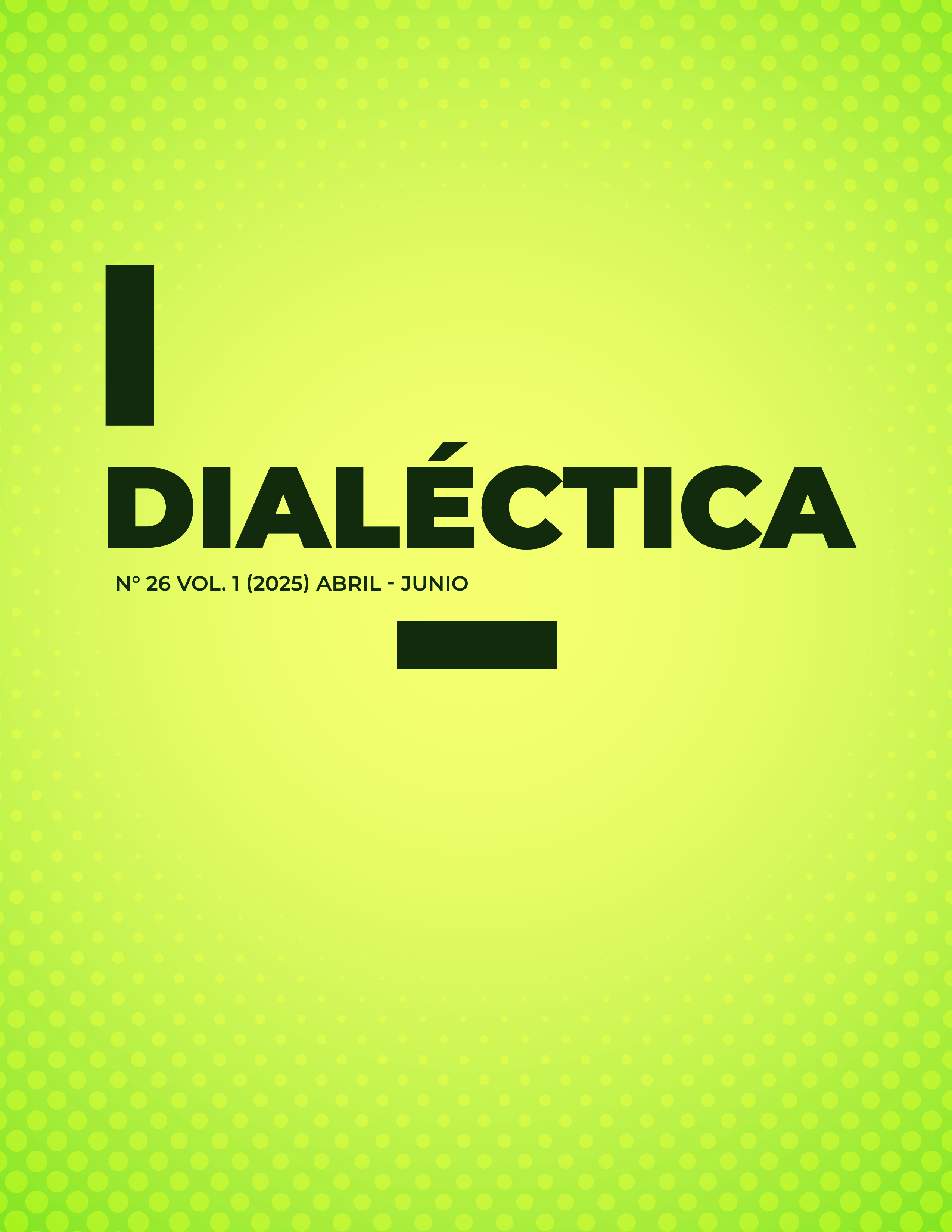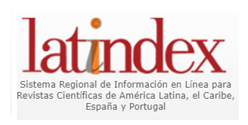ANALYSIS OF MOTIVATION IN STUDENTS OF THE ARCHITECTURE PROGRAM AT THE FRANCISCO DE PAULA SANTANDER UNIVERSITY.
DOI:
https://doi.org/10.56219/dialctica.v1i26.4418Keywords:
MAPE 3-M, Motivation, Students, Higher Education, ArchitectureAbstract
The purpose of this article is to present the results of the analysis of motivation in university students who begin their professionalization cycle of the architecture program at the Francisco de Paula Santander University. Motivation plays a fundamental role in the teaching-learning process of higher education students, since it influences interest, commitment, effort towards academic activities, permanence and promotion. Taking this importance into account, the conceptualization of intrinsic and extrinsic motivation is developed more as an emotional phenomenon than a cognitive one. The quantitative approach with a descriptive scope through the collection and analysis of data, allowed a statistical vision that facilitated the description of the motivational dimensions and identified the levels of academic satisfaction in 30 students who form the entire group of young people who begin said academic cycle. The instrument applied was the MAPE 3-M, digitized by Google forms software with Likert-type responses and applied on the university campus. This instrument of Spanish origin was adapted for this research, taking into account maintaining the dimensions (extrinsic motivation, intrinsic motivation and anxiety grouped in the seven factors) but reducing the number of questions to 42 to enable it to be successfully completed. The results are associated with greater involvement and active participation in classes, better academic performance, greater persistence and resilience, and development of self-regulation skills.
Downloads
References
Ajello, A. M. (2003). La motivación para aprender. En C. Pontecorvo (Coord.). Manual de psicología de la educación. (pp. 251-271). España: Popular
Alonso Tapia, J., Montero, I. y Huertas J.A. (2000) Evaluación de la motivación en sujetos adultos: el cuestionario MAPE-3. Facultad de Psicología Universidad Autónoma de Madrid http://sohs.pbs.uam.es/webjesus/eval_psicologica/cuestionarios/mape3.pdf
Casari, Leandro (2020) Diseños Cuantitativos de Investigación en Psicología: Una introducción. Investigaciones en psicología, Vol. 25, N°2, pp. 17-26 https://www.psi.uba.ar/publicaciones/investigaciones/indice/trabajos_completos/anio25_2/casari.pdf
García, Miriam, Díaz, Yannette, Vergel Mawency (2021). Tendencia al síndrome de Burnout académico en estudiantes de arquitectura en tiempos de pandemia. bol.redipe [Internet]. 2021 Dec. 31 [cited 2024 Apr. 14];10(13):504-10. Available from: https://revista.redipe.org/index.php/1/article/view/1765 DOI: https://doi.org/10.36260/rbr.v10i13.1765
Choi, Bernard Granero, Ricardo y Pak, Anita (2010). Catálogo de sesgos o errores en cuestionarios sobre salud. Rev Costarr Salud Pública 2010; 19: 106-118 N.° 2 – Vol. 19 – Julio-diciembre. https://www.scielo.sa.cr/pdf/rcsp/v19n2/art08v20n2.pdf
Fredricks, J., Blumenfeld, P., y Paris, A. (2004). School engagement: Potential of the concept, state of the evidence. Review of Educational Research Spring, 74, 59-109. doi: 10.3102/00346543074001059 DOI: https://doi.org/10.3102/00346543074001059
Hernández Sampieri, R., Fernández Collado, C. y Baptista Lucio, P. (2014). Metodología de la Investigación. (6ta Ed.). Mc Graw Hill.
López, Pedro Luis. (2004). Población muestra y muestreo. Punto Cero, 09(08), 69-74. http://www.scielo.org.bo/scielo.php?script=sci_arttext&pid=S1815-02762004000100012&lng=es&tlng=es
.
Martín Cruz, Natalia; Martín Pérez, Víctor; Trevilla Cantero, Celina (2009). Influencia de la motivación intrínseca y extrínseca sobre la transmisión de conocimiento. El caso de una organización sin fines de lucro CIRIEC-España, Revista de Economía Pública, Social y Cooperativa, núm. 66, octubre, 2009, pp. 187- 211
Pineda, Beatriz; De Alvarado, Eva Luz; De Canales, Francisca (1994). Metodología de la investigación, manual para el desarrollo de personal de salud, Segunda edición. Organización Panamericana de la Salud. Washington.
Programa de Arquitectura UFPS (2018). Proyecto educativo del Programa de arquitectura. UFPS, Comité curricular de arquitectura. https://ww2.ufps.edu.co/oferta-academica/arquitectura/2412
Trechera, J. L. (2005). Saber motivar: ¿El palo o la zanahoria?
http://www.psicologiaonline.com/articulos/2005/motivacion.shtml
Urbina Cárdenas, Jesús (2021). Fundamentos generales del enfoque pedagógico dialógico crítico. Universidad Francisco de Paula Santander. https://ww2.ufps.edu.co/public/archivos/pdf/33a3787594ea7a7ef4b31902071c87a3.pdf
Ramos Ferrer, Mónica. (2014). Estudio sobre la motivación y su relación en el rendimiento académico. Facultad de ciencias de la Educación. Universidad de Almería https://repositorio.ual.es/bitstream/handle/10835/3064/Trabajo.pdf
Soriano, Mateo (2001). La motivación, pilar básico de todo tipo de esfuerzo. Universidad de Zaragoza. https://dialnet.unirioja.es/descarga/articulo/209932.pdf
Downloads
Published
How to Cite
Issue
Section
License

This work is licensed under a Creative Commons Attribution-NonCommercial-ShareAlike 4.0 International License.
La revista Dialéctica conserva los derechos patrimoniales (copyright) de las obras publicadas, que favorece y permite la reutilización de los mismos bajo la licencia Creative Commons Atribución-NoComercial-CompartirIgual 4.0 , por lo cual se pueden copiar, usar, difundir, transmitir y exponer públicamente, siempre que se cite la autoría y fuente original de su publicación (revista, editorial, URL y DOI de la obra), no se usen para fines comerciales u onerosos y se mencione la existencia y especificaciones de esta licencia de uso. Si remezcla, transforma o crea a partir del material, debe distribuir su contribución bajo la misma licencia del original.











